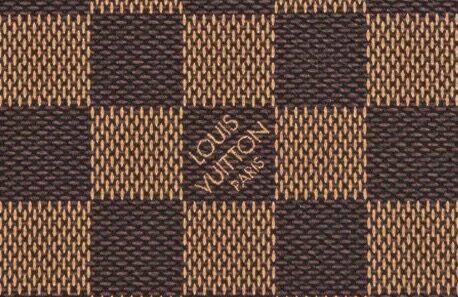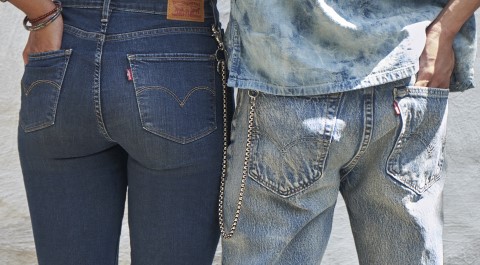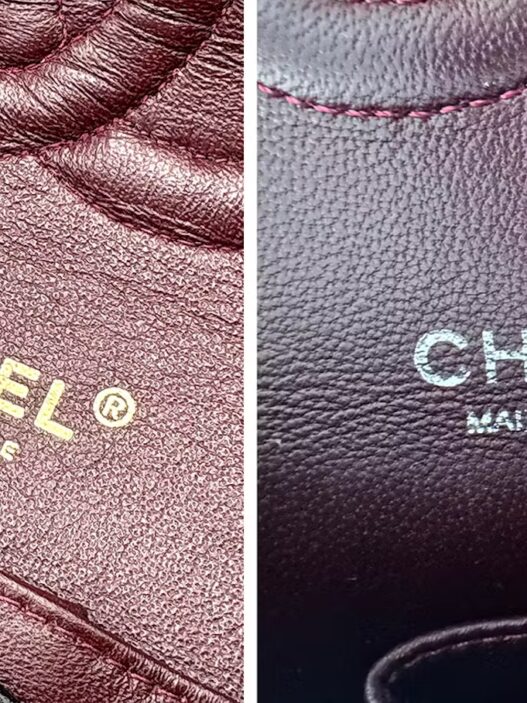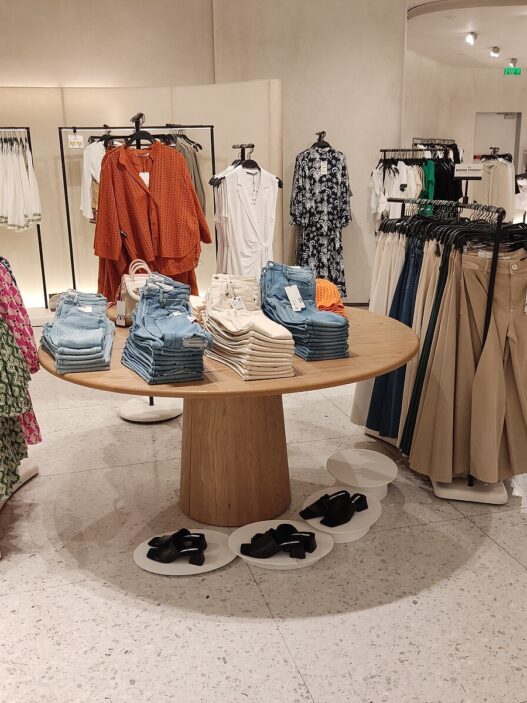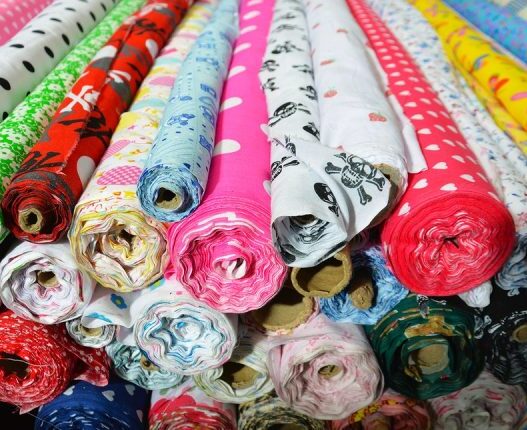In late June 2025, Prada presented a minimalist sandal model in its Spring/Summer 2026 collection, crafted from natural materials and featuring essential shapes, which quickly captured the attention of media and industry observers.
On this occasion, many observers noted a striking resemblance to Kolhapuri chappals. These traditional, handcrafted sandals have been produced in India for centuries, particularly in the states of Maharashtra and Karnataka.
Within days, the issue spilt out of the confines of the fashion industry to be addressed in various national and international media, under two aspects: is it cultural appropriation or legitimate inspiration?
Indeed, the debate has opened a window on a broader and recurring question in the fashion world: what legal and cultural space do traditional expressions occupy in the global fashion landscape today? And what tools exist to protect the rights – tangible or intangible – of the communities that cherish this knowledge? [1]
Kolhapuri chappals are not just footwear; they represent a recognised craft tradition that has been handed down over time, to the point of being recognised and labelled as a geographical indication (GI) in India in 2019.
This is precisely why the Maharashtra Chamber of Commerce, Industry and Agriculture (MACCIA) has asked Prada to publicly acknowledge the cultural inspiration for those sandals and to find a way to enhance and involve, perhaps collaboratively, local artisans. [2]
Indeed, there is no unified international system for the protection of traditional cultural expressions, which are thus excluded from the primary forms of intellectual property protection, such as copyright, trademarks, or industrial designs. This leaves room for gray areas, where inspiration and replication meet without the boundaries between what is permissible and what is appropriate always being clear.
In this particular case, there is no evidence, at least in the state of infringement of formally recognised legal rights. Yet, the perception of an imbalance remains, especially where there has been no involvement or recognition of the relevant communities.
Beyond strict legality, the issue is now intertwined with the concept of corporate responsibility, which in its modern declinations also includes ethical, cultural and social aspects.
The recent EU Directive 2024/1760 [3] on corporate due diligence imposes an obligation on large companies to identify, prevent and mitigate negative impacts on the environment and human rights throughout the entire value chain. Although it does not explicitly refer to cultural expressions, the text also opens up scenarios for greater accountability regarding the social and cultural impact of production and creative choices.
In this sense, some experts believe that ignoring or omitting the cultural value of a craft tradition could be part of assessments related to social sustainability and fairness in economic relations.
As is often the case, the most immediate judgment came from consumers, particularly social media users. Indeed, critical comments multiplied on the various platforms, accompanied by hashtags such as #NotYourChappal or #CulturalCreditNow. Several international media outlets covered the news, and in India, there was discussion of a “missed opportunity” to engage local artisans in a collaborative project.
While it has helped raise the international visibility of Kolhapuri chappals and generated an increase in sales of these traditional sandals, the affair remains far from closed. Prada has stated its commitment to responsible design practices, increased cultural engagement, and opening meaningful dialogue with local artisan communities in India, while also assuring MACCIA of its intention to honour and preserve the unique craftsmanship that represents local Indian excellence and tradition.
However, this is not the first time a fashion house has been accused of tapping into cultural heritages without direct involvement, and it probably will not be the last. The issue extends beyond the single episode and raises a central question for the future of fashion: how can we balance creative freedom with respect for the traditions from which we draw inspiration?
Camilla Gentile – Close to ius
 Camilla Gentile graduated in Law in April 2019 from the University of Brescia with a thesis on the legal protection of industrial and intellectual property rights in the fashion sector. After completing her legal training at a law firm specializing in civil and criminal law, she furthered her expertise in industrial and intellectual property, developing a specialization in brand and creativity protection, with a particular focus on the fashion and design industries. After obtaining her qualification to practice law, she registered with the Bar Association. As a co-founder of the law firm Close to Ius, she combines her expertise in industrial law with extensive legal consultancy in fashion law, Made in Italy, environmental and social sustainability, assisting companies and entrepreneurs in complying with industry regulations and managing responsibilities while promoting sustainable strategies. The firm, cited by the prestigious Forbes magazine, was also a finalist at the Legal Community Forty Under 40 Awards in the category Law Firm of the Year – IP & TMT. She collaborates with the international journal Fashion Law Journal, contributing through articles and partnerships with her law firm, bringing an international perspective to industry-related legal matters.
Camilla Gentile graduated in Law in April 2019 from the University of Brescia with a thesis on the legal protection of industrial and intellectual property rights in the fashion sector. After completing her legal training at a law firm specializing in civil and criminal law, she furthered her expertise in industrial and intellectual property, developing a specialization in brand and creativity protection, with a particular focus on the fashion and design industries. After obtaining her qualification to practice law, she registered with the Bar Association. As a co-founder of the law firm Close to Ius, she combines her expertise in industrial law with extensive legal consultancy in fashion law, Made in Italy, environmental and social sustainability, assisting companies and entrepreneurs in complying with industry regulations and managing responsibilities while promoting sustainable strategies. The firm, cited by the prestigious Forbes magazine, was also a finalist at the Legal Community Forty Under 40 Awards in the category Law Firm of the Year – IP & TMT. She collaborates with the international journal Fashion Law Journal, contributing through articles and partnerships with her law firm, bringing an international perspective to industry-related legal matters.
Isabella Carantani – Close to ius

Isabella Carantani earned her Law degree from the University of Brescia in 2019 and obtained her license to practice law in 2021 after completing training in civil and criminal law.
In January 2022, she co-founded Close to Ius, a law firm known for its modern and personalized approach to legal consulting, assistance, and training for professionals and businesses. The firm has been featured in Forbes magazine and was a finalist at the Legal Community Forty Under 40 Awards in the category Law Firm of the Year – IP & TMT.
Isabella Carantani is a senior contributor for the Fashion Law and Influencer Marketing section of the online legal magazine Ius in Itinere, where she writes articles on topics such as fashion law, sustainability, intellectual property, influencer marketing, artificial intelligence, and privacy. She also collaborates with the international Fashion Law Journal, bringing an international perspective to industry-related issues thanks to her expertise and the contributions of her law firm.
[1] E. Cerchia B. Pozzo, The New Frontiers of Fashion Law, MDPI, 2020, pp. 1 – 26
[2] https://www.maccia.org.in/event-details.php?album_id=25
[3] https://eur-lex.europa.eu/eli/dir/2024/1760/oj?locale=it







